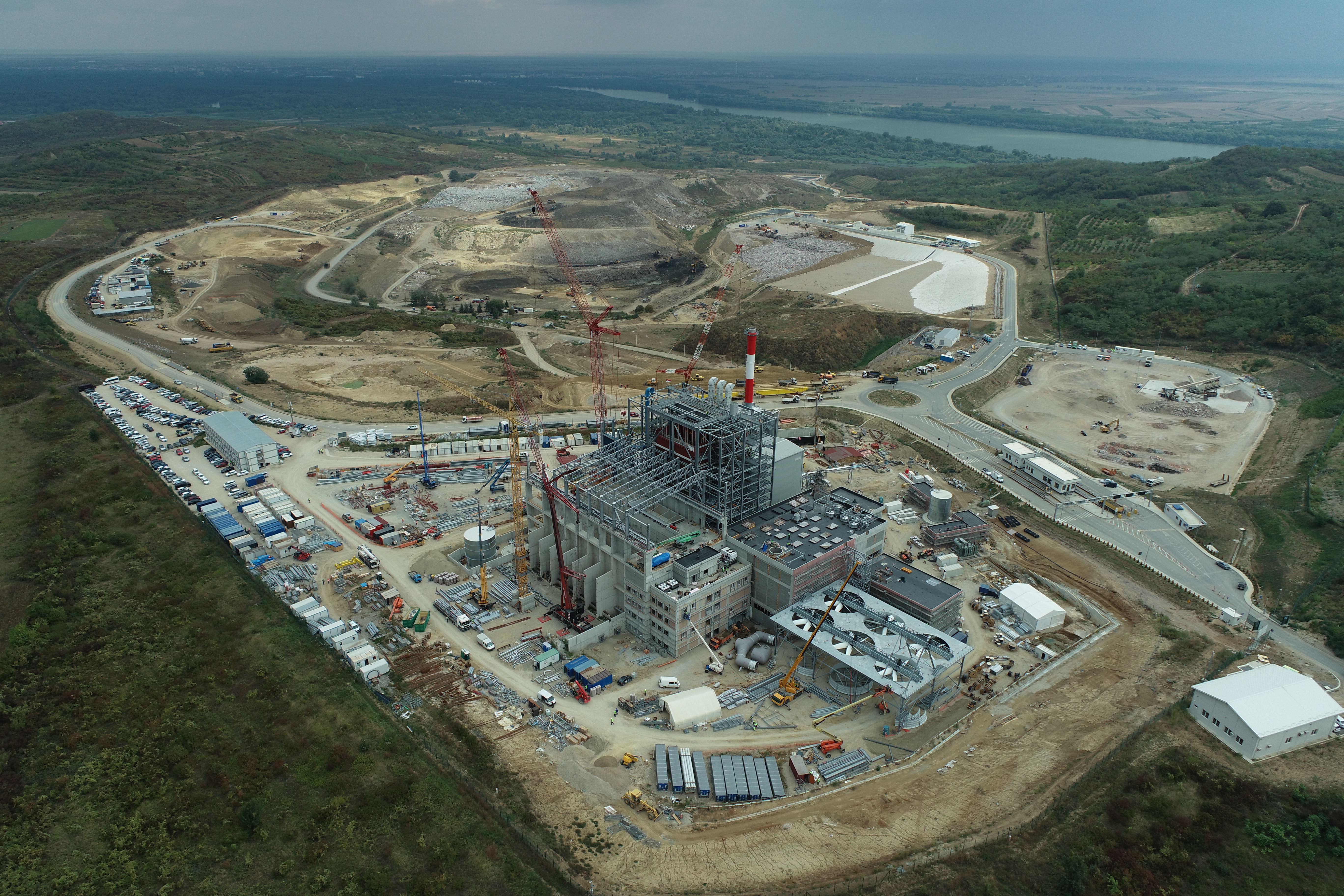 /
Funding and Financing solutions for Infrastructure
/
Financing Levers to Finance Infrastructure
/
Funding and Financing solutions for Infrastructure
/
Financing Levers to Finance Infrastructure
Financing Levers to Finance Infrastructure
Financing levers are the sources of capital for a given project used to pay some or all of the up-front investment costs for the design, construction, and early operating costs of an asset. Capital may be sourced as equity or debt (loans, bonds), or as a combination of the two. Financing comes with an obligation for repayment and is repaid from funding sources. Financing sources are distinguished as either primary or secondary sources. Below are 16 financing levers that can be used to make projects bankable.
Financing levers
Commercial bank loans
Commercial bank loans are long-term debt products essential to infrastructure projects where a commercial bank acts as a primary channel for loans secured against project cash flows (project finance) or corporate balance sheets (corporate finance). The maturity of the domestic banking market and internal risk management capacity drives the formation of project finance products. Commercial bank loan products include:
- Senior Long-Dated Facility
- Partial- and full-recourse loans
- Bridge loans
- Equity bridge financing.
Do you know of a great example of commercial bank loans being used to catalyse financing of an infrastructure project or program? Lets us know by submitting a case study.
MDB/ECA/NDB debt
Multilateral Development Banks (MDBs) are prominent sources of corporate and project debt in emerging markets for governments and private sponsors. Export Credit Agencies (ECAs) can provide debt and risk management solutions to project sponsors if specific conditions are met around the use of capital and goods from the ECA’s home market. National Development Banks (NDBs) provide a range of debt products to infrastructure projects that vary greatly according to the entity’s mandate, rating, and similar factors. Examples include:
- ‘A’ and ‘B’ loans
- Subordinated debt
- Vendor financing and export credit
- Mezzanine financing
- Local currency loans.











Government debt
Government is commonly viewed as the provider of the ‘first dollar’ or the ‘last dollar’ by using public debt in specific circumstances to fill liquidity gaps or to positively impact the business case of strategic projects. Government debt should act as a complement to private debt sources and is most commonly provided in the form of concessional loans.
Direct equity institutional
Institutional investors are a foundational source of equity for infrastructure markets with an increasing number investing equity directly into project structures. Given currency fluctuation risk and high standards of fiduciary duties, domestic institutional investors are likely the main source of direct institutional equity investment. Institutional equity can be provided into multiple project structures, such as:
- Special Purpose Vehicle (SPV) equity contribution
- Joint Venture (JV) equity contribution
- Private sale.
Direct equity operating
Operators are a foundational source of equity for infrastructure markets, providing a unique combination of capital and operating capabilities. Examples include:
- SPV equity contribution
- JV equity contribution
- Private sale.
Government equity
Government equity is an evolving product that can function as both a potential subsidy, and a traditional equity contribution. Like government debt, government equity is viewed as a ‘first dollar’ or ‘last dollar’ strategy to catalyse participation from private financing sources. Examples include:
- Transferrable capital contribution
- Transferrable operating contribution.
Do you know of a great example of government equity being used to catalyse financing of an infrastructure project or program? Lets us know by submitting a case study.
Securitised debt
Securitised debt is tradable securities backed by the cash flows of pooled debt from a portfolio of infrastructure projects. It provides investors with a platform to gain exposure to the debt of operating assets without taking a direct position in the project's structure. Examples include:
- Collateralised Loan Obligations (CLOs).
Project bonds
Project bonds are fixed-income instruments sold to investors where the proceeds are used to provide debt to an infrastructure project. Project bonds are tradable, rated, and directly linked to the cash flows of individual projects. Project bonds can come in different forms, such as:
- With credit enhancement
- Backed by cash flow only
- Private activity bonds.
Government and general obligation bonds
These are fixed-income instruments backed by the issuing entity’s general budget rather than the revenue of the project. Bonds are issued by central and local government bodies with borrowing rates dictated by the issuer’s credit rating and some degree of explicit sovereign support. Government and general obligation bonds vary widely, but often feature tax exemptions, catalysing investment from investors. Examples of these bonds are:
- Municipal bonds (e.g. limited tax bonds)
- Green bonds
- Islamic bonds
- Revenue bonds.
Listed security investments
Listed security investments are tradable equity securities sold to investors on the stock exchange. Returns on these securities may exhibit high correlation with returns from other public equities, but listed securities provide investors with greater transparency and liquidity than private market equity. Examples include:
- Public asset IPO
- Corporate securities (standard).
Listed trust investments
Listed trust investments are a collective investment scheme into a portfolio of projects enabling investors to hold tradable equity securities linked directly to projects. They act as a ‘white label’ platform to aggregate operating assets with stable yield profiles across different sectors and regions. Examples include:
- Infrastructure Investment Trusts (InvITs)
- Yield company (YieldCo)
- Real Estate Investment Trusts (REITs).
Listed infrastructure funds
Listed infrastructure funds invest in the shares of publicly listed companies which own and operate infrastructure assets. These funds have better liquidity and transparency as they are mark-to-market. Examples include:
- Listed infrastructure investments.
Do you know of a great example of listed infrastructure funds being used to catalyse financing of an infrastructure project or program? Lets us know by submitting a case study.
MDB/NDB debt fund
These are syndication platforms that create diversified portfolios of emerging market private sector loans, enabling increased exposure or first-time entry into the asset class. MDB debt funds help investors overcome challenges with sourcing viable investment opportunities in emerging markets by delegating the selection, appraisal, and supervision of investments to deeply experienced MDB investors. Examples include:
- Co-lending facility.
Do you know of a great example of MBD/NDB debt funds being used to catalyse financing of an infrastructure project or program? Lets us know by submitting a case study.
Private debt fund
These are unlisted funds that pool money from institutional investors and provide debt to infrastructure projects (often substituting commercial banks). Private debt funds have fewer regulatory constraints and less internal bureaucracy than commercial banks, enabling them to provide debt with fewer covenants.
- Co-facility
- Conventional project loans
- Mezzanine project loans.
Do you know of a great example of private debt funds being used to catalyse financing of an infrastructure project or program? Lets us know by submitting a case study.
Private equity
Unlisted infrastructure funds pool money from institutional investors for equity investment in infrastructure projects seeking returns over various horizons. Funds enable their Limited Partners (LPs) to gain exposure directly to project capital structures without the need for building in-house investment capabilities. These funds do not invest in all markets as they are constrained by LP requirements and project alignments with targeted risk-weighted returns.
- General project equity (SPV or JV)
- General project equity co-investment (SPV or JV)
- Open-ended structure
- Securitised loans.
Asset platform investments
These are platforms that aggregate infrastructure assets of a specific criteria and allow investors to purchase equity in that portfolio. Asset platform investments give investors exposure to specific asset types while diversifying away some risk by holding equity in multiple assets. Examples include:
- Asset HoldCo JV.



Other lever types
Financing is one of the three lever types in the Funding and Financing Framework. Explore Revenue and Risk Management to get the whole picture

The role of national infrastructure banks
National infrastructure banks (NIBs) are an important source of risk management for some countries. Learn more about NIBs in our Guidance Note. The Guidance Note’s overall aim is to help accelerate the flow of quality infrastructure projects, including through mobilising private capital and supporting project preparation. The analysis identifies the unique roles that such institutions can play in support of government objectives and policies.

The role of national infrastructure banks
National infrastructure banks (NIBs) are an important source of risk management for some countries. Learn more about NIBs in our Guidance Note. The Guidance Note’s overall aim is to help accelerate the flow of quality infrastructure projects, including through mobilising private capital and supporting project preparation. The analysis identifies the unique roles that such institutions can play in support of government objectives and policies.

Hear solutions from project leads, investors, and dealmakers in our New Deals webinar series
How will we fund the infrastructure of the future? This is the central question the GI Hub and International Finance Corporation (IFC) aim to help answer in the New Deals: Funding solutions for the future of infrastructure webinar series. Watch and register for future sessions here.

Hear solutions from project leads, investors, and dealmakers in our New Deals webinar series
How will we fund the infrastructure of the future? This is the central question the GI Hub and International Finance Corporation (IFC) aim to help answer in the New Deals: Funding solutions for the future of infrastructure webinar series. Watch and register for future sessions here.































